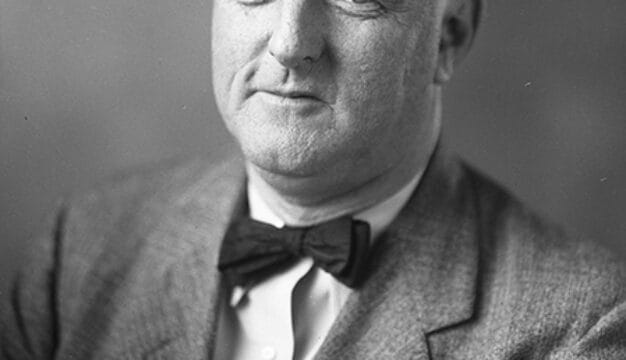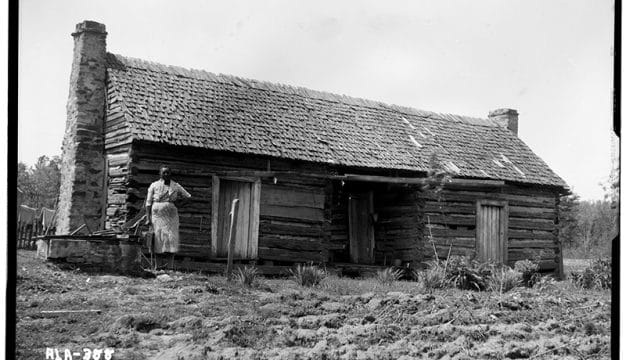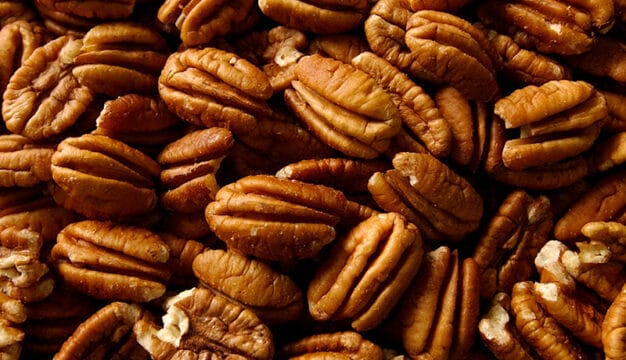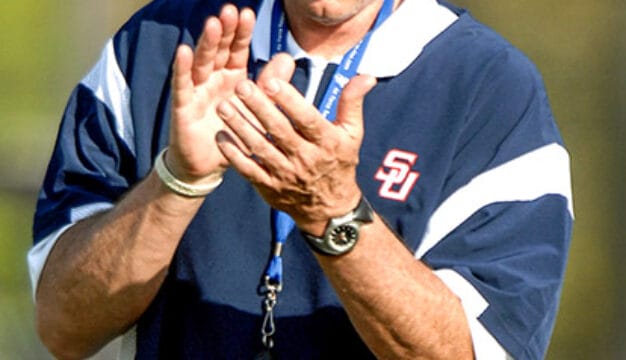Ladies Memorial Association
The Ladies Memorial Association was an important organization after the Civil War and into the twentieth century. The organization oversaw burial of the dead, monument construction, and advocacy for the creation of Confederate Memorial Day. It also purportedly helped Jefferson Davis and his family after the war, conducted Confederate Memorial Day every year since 1866, and helped build and preserve the Confederate Monument on Capitol Hill in Montgomery.
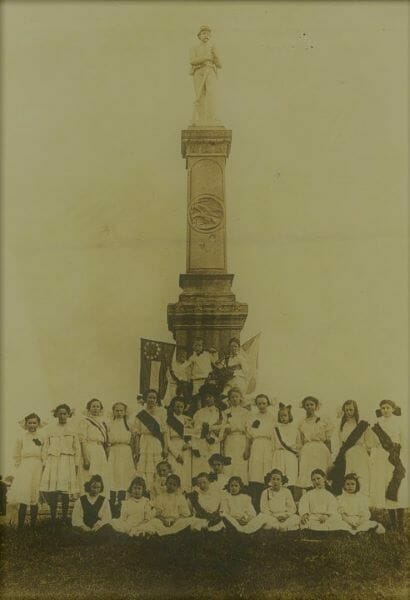 Ladies Memorial Association in Talladega
Southern benevolent associations in general were formed by the wives, widows, sisters, and mothers of Confederate soldiers. Assuming “men’s work” while those men were away, the women volunteered in aid societies, hospital associations, sewing groups, and other forms of benevolent aid. The Ladies Memorial Association in Alabama had its beginnings after the war, when Montgomery women gathered to assist the Historical and Monumental Association of Alabama, chaired by Gov. Thomas Hill Watts. That men’s group was founded on November 23, 1865, to build a monument on Capitol Hill. The members, however, were diverted from their task by the public outcry surrounding horrific conditions at cemeteries, where rains washed out shallow graves that vandals then plundered. The men, stymied by the enormity of their task, sought the assistance of Judge John Dennis Phelan, a prominent judge and driving spirit in the organization’s founding, who in turn asked his wife, Mary Anne Harris Phelan, for help. Inspired by women’s aid groups in Jackson, Selma and Columbus, Mary Phelan had been trying to organize Alabama’s first Memorial Day in Montgomery, and turned her attention to the cemeteries.
Ladies Memorial Association in Talladega
Southern benevolent associations in general were formed by the wives, widows, sisters, and mothers of Confederate soldiers. Assuming “men’s work” while those men were away, the women volunteered in aid societies, hospital associations, sewing groups, and other forms of benevolent aid. The Ladies Memorial Association in Alabama had its beginnings after the war, when Montgomery women gathered to assist the Historical and Monumental Association of Alabama, chaired by Gov. Thomas Hill Watts. That men’s group was founded on November 23, 1865, to build a monument on Capitol Hill. The members, however, were diverted from their task by the public outcry surrounding horrific conditions at cemeteries, where rains washed out shallow graves that vandals then plundered. The men, stymied by the enormity of their task, sought the assistance of Judge John Dennis Phelan, a prominent judge and driving spirit in the organization’s founding, who in turn asked his wife, Mary Anne Harris Phelan, for help. Inspired by women’s aid groups in Jackson, Selma and Columbus, Mary Phelan had been trying to organize Alabama’s first Memorial Day in Montgomery, and turned her attention to the cemeteries.
To assist with reburials, Phelan arranged a meeting in Montgomery at the Court Street Methodist Church (current site of the Federal Court House) to raise money. The meeting was presided over by Sophie Gilmer Bibb, wife of prominent judge Benajah S. Bibb and much admired for her work in hospitals during the war. The April 16, 1866, gathering founded the Ladies Society for the Burial of Deceased Alabama Soldiers, which shortly changed its name to the Ladies Memorial Association.
The association conducted its first memorial ceremony at Oakwood Cemetery in Montgomery County, decorating the graves of both southern and northern soldiers on April 26, 1866, the first anniversary of Confederate general Joseph E. Johnston’s surrender at Durham Station, North Carolina. On May 1, 1866, the association raised $1,000, which provided for 200 burials. Similar commemorations took place in other southern states and preceded by two years a national tribute to northern soldiers. Union major general John A. Logan, Commander of the Grand Army of the Republic, declared May 30, 1868, Decoration Day, the anniversary of the discharge of the last Union Army volunteer soldier. Most southern states, however, refused to acknowledge the holiday. In the twentieth century, Decoration Day became Memorial Day, a day to honor all American war dead.
In the years following the Civil War, ladies memorial associations proliferated throughout the South. Generally, members took to the gruesome task of disinterring bodies, many buried hastily in mass graves after battle, and giving each set of remains a proper burial. The associations then raised money to erect monuments to honor the dead. In Alabama, the association built monuments in Camden, Gainesville, and Florence. The Ladies Memorial Association again assisted the men’s Historical and Monumental Association, helping to fund the Monument to Confederate Soldiers and Sailors of Alabama on Capitol Hill in Montgomery. The men’s association had largely lain dormant for 20 years, but in 1886 brought 78-year-old Pres. Jefferson Davis to Montgomery to lay the cornerstone of the Confederate Monument in elaborate ceremonies on April 28 and 29. It was the only cornerstone laid by Davis. The men’s association, however, had difficulty raising the $46,000 to finish the monument and once more turned to the Ladies Memorial Association for help, again led by Sophie Bibb.
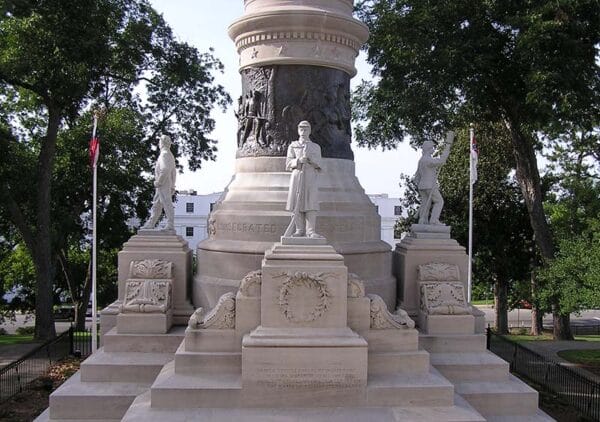 Alabama Confederate Monument Statuary
Overall, the Ladies Memorial Association raised $10,000 for the monument, whereas the men’s organization raised $6,755, politicians $5,000, and two grants from the legislature added $20,000. It would be another 12 years of tedious work between the Ladies Memorial Association and Alexander Doyle, the designer, before the monument was completed. Doyle, an Ohio sculptor, was known for his work in New York, Maryland, and New Orleans, and Fred Barnicoat of Quincy, Massachusetts, carved the granite figures that were installed by a local company, and F. L. Fossick in Russellville, Franklin County, quarried the limestone for the base and steps. Limestone for the column was brought from Indiana by Doyle, and the Henry Bonnard foundry in New York cast the bronze figure atop the shaft and the band at its base. The elegant monument was dedicated on December 7, 1898.
Alabama Confederate Monument Statuary
Overall, the Ladies Memorial Association raised $10,000 for the monument, whereas the men’s organization raised $6,755, politicians $5,000, and two grants from the legislature added $20,000. It would be another 12 years of tedious work between the Ladies Memorial Association and Alexander Doyle, the designer, before the monument was completed. Doyle, an Ohio sculptor, was known for his work in New York, Maryland, and New Orleans, and Fred Barnicoat of Quincy, Massachusetts, carved the granite figures that were installed by a local company, and F. L. Fossick in Russellville, Franklin County, quarried the limestone for the base and steps. Limestone for the column was brought from Indiana by Doyle, and the Henry Bonnard foundry in New York cast the bronze figure atop the shaft and the band at its base. The elegant monument was dedicated on December 7, 1898.
The Ladies Memorial Association, along with other Confederate heritage organizations, conducted a centennial re-enactment of the laying of the cornerstone in 1986, at which Bertram Hayes-Davis of Colorado Springs, Colorado, the great-great-grandson of Jefferson Davis, laid a wreath at the cornerstone. The four flags around the monument were dedicated on April 25, 1994. A centennial re-enactment of the dedication was performed in 1998, again led by the Ladies Memorial Association and other heritage organizations. The association later solicited contributions for the monument’s restoration during the 1998 centennial re-enactment of the dedication and deposited the funds with the Alabama Historical Commission, which oversaw the restoration. From preliminary assessments in 1999 to completion in 2004, the meticulous restoration took five years at a cost of $231,600. To celebrate the restoration, the Alabama Historical Commission and the Alabama Tourism Department led ceremonies in the Capitol Auditorium. Once again Bertram Hayes-Davis travelled to Alabama, joining Alabama governor Bob Riley in laying a wreath at the base of the monument on Confederate Memorial Day April 26, 2004.
The Monument to Confederate Soldiers and Sailors rises 85 feet, with the three National Flags and one of many military banners, to memorialize the nearly 16,000 Alabamians who died for and 81,000 who served the Confederacy. In addition, the monument is a teaching tool for all who read the legends at the base of each flag pole. It is a memorial to the men who died and served their country, but it is also a memorial to the women who built it and preserved it.
Additional Resources
Napier, Cameron Freeman. “The Ladies Memorial Association in Alabama.” UDC Magazine (November 1993): 28-29.
Parachin, Victor M. “The Origins of Memorial Day.” Retired Officer Magazine (May 2002), http://www.moaa.org/Magazine/May2002/f_origins.asp.
Wilson, Charles Reagan. “Confederate Memorial Day.” In The Encyclopedia of Southern Culture, edited by Mary L. Hart et al. Chapel Hill: University of North Carolina Press, 1989.
